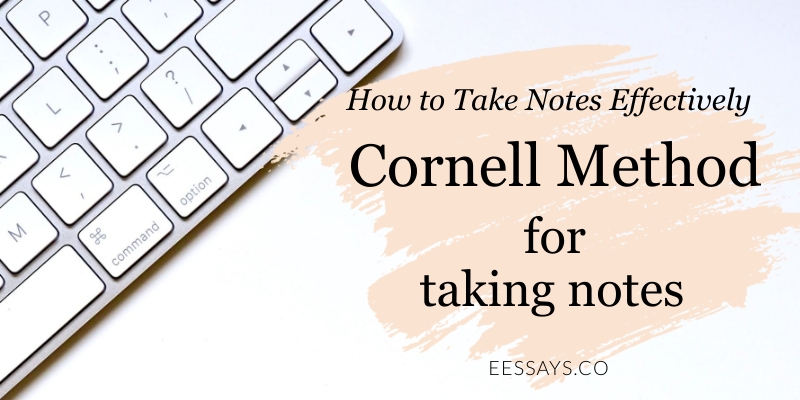
When it comes to taking notes, most people associate it with college or university studies. However, it is useful to apply it in any sphere, using different methods and techniques. The research by Friedman (2014) connects note-taking with cognitive psychology and proves that it facilitates cognitive information processing and data retention in long-term memory. So, if you need to remember something for a long time, note such information in the proper format and repeat regularly. The effectiveness of such a method is the time saved to read short notes and keywords instead of the whole textbook or long study material. Choosing an effective note-taking method individually can help quickly extract needed information. Research results point to better information retention by around 10 percent. Cornell method notes belong to one of such techniques.
*Disclosure: The post has affiliate links, but reviews are based on the use of products on this website.*
1. How Can Taking Notes Be Useful in Daily Life
Having a busy and work-loaded schedule, it is quite difficult to keep in mind a lot of information. Therefore, taking notes comes in handy in this case. If you just need to remember several points, a simple linear or outine method can be used. It involves writing points one by one, ordered sequentially and numbered, if necessary. For example, if you write a to-do list or time blocks.
However, when you have to process large volumes of information, the Cornell note-taking technique helps to organize and structure it for further processing and testing your knowledge.
This method can be used to research and take notes for a blog post, write down ideas and keywords for a book, or to learn continuously and acquire new knowledge related to work.
Therefore, it is possible to adapt any note-taking method to your daily needs:
- Blogging,
- Researching,
- Developing professional skills,
- Documenting ideas for writing a book,
- Recording accurate data for further use,
- Noting ideas for an essay or any other type of paper.
2. How to Take Notes Using the Cornell Method
What you need is to draw 4 sections on your sheet of paper or notebook:
- The first short part at the top includes a title and date.
- The right column includes actual notes.
- The left column covers keywords and questions.
- Summary of ideas at the footer, using approximately 5 lines.

As for the right column, you can include notes here using a linear structure, short points and ideas, and abbreviations.
You can use arrows to mark connections between points and key thoughts.
Include keywords for these points in the left column. You can also create related questions that will help to test your knowledge of points in the right column.
Summarize ideas in the footer using around 5 lines. It helps to synthesize the main points and contribute to your general understanding of the topic.
3. How to Turn Cornell Notes into a Great Post
Using Cornell notes is a great way to research a topic for your blog post or article. Adapting notes for such a type of writing, include a headline at the top.
Then research keywords and write down in the left column. Take notes to disclose ideas behind these keywords in the left column. Here, you can write a short outline of your post. The main points of this outline will serve as level 2 and level 3 headings.
How to research keywords
Keyword research tools can help you determine the right keywords for your post. Look at the cost-per-click, keyword difficulty to analyze competition, and volume to find out how many people are searching for this keyword. Do not miss a chance to get to the first page of search results with the proper SEO research strategy.
Focus on long-tail keywords and questions as these provide an opportunity to target a narrower group of users, searching for something specific. Finally, add them to the right column of your Cornell notes.
Summary will serve as a conclusion for your post, where you can also include 1 or 2 questions to engage readers in discussing the post.
If you used some statistics from other sources, add them in the footer of Cornell method notes as well shortly, including names of authors, date, title, and website url. Shortly, you can just include a url. So when you develop a post based on notes, it is possible to easily find all information necessary to reference the source.
Do you often take notes? What is the most effective method to you?
Reference
Friedman, M. C. (2014). Notes on note-taking: Review of research and insights for students and instructors. Harvard Initiative for Learning and Teaching, 1-34. https://hwpi.harvard.edu/files/hilt/files/notetaking_0.pdf

Leave Your Feedback